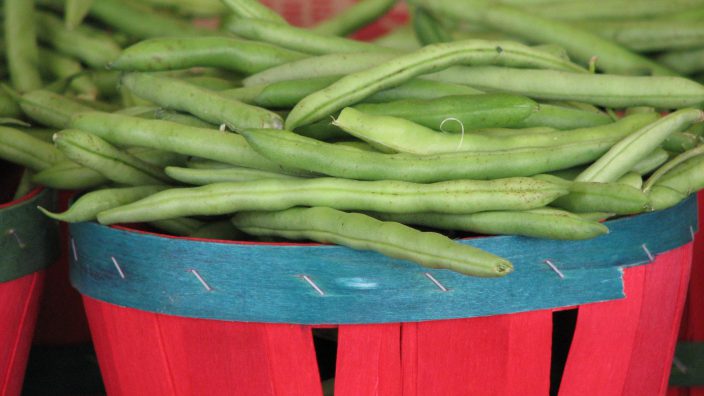Butler County Grow and Know Event
Learn how to plant and pot your own herbs Wednesday, May 14, 2025 at 6:30 p.m. at Garver’s Family Farm Market.
Read MoreOne of the easiest vegetables to grow is beans. Beans are a member of the Fabaceae (Leguminosae) commonly known as the legume or pea family, which includes the edible crops of peas, soybeans, chickpeas, alfalfa and peanuts to name a few.
Green beans are called green not due to their color but because they are picked when they are immature. Any young bean may be called green.
Beans grow best in full sun with well drained, fertile soils. They do not grow well with wet roots. Beans should be planted after all danger of frost and the soil has warmed up (+65 degrees). Planting early where the soil temperatures are 50 degrees or less may result in poor germination.
Bush beans: Bush beans are just that; they grow on a bush. They grow as a mound and do not need to be staked or grown next to a trellis. Growing to only about 1 to 2 feet tall, the harvester will have to bend over to pick them which can be a problem. Bush beans are planted by seeds. Sow them about ½ to 1 inch deep and 3 to 4 inches apart. Leave 18 to 24 inches between rows so they are wide enough for the gardener to get through and harvest.
Recommended varieties of bush beans:
* Bush-green: Blue Lake 274, Kentucky Wonder bush, Festiva, Burpee Tender Pod, Tendergreen, Tendercrop, Provider, Bush Romano, Derby and Espada.
* Bush-wax: Carson, Goldcrop, Sungold. (Wax beans are a type of snap bean that are yellow in color but also have a waxy pod.)
* Bush-purple-pod: Royal Burgundy (color will wash out during cooking and leave a green pod)
Pole beans: Pole beans are a vine, growing with tendrils they need to be staked or grown on a trellis. These vines may grow to 7 or 8 feet tall; making harvest is a bit easier due to the beans being higher off the ground than bush beans. Pole beans usually have a longer harvest period than bush beans with a higher rate of production. Pole beans should be planted 4 to 6 inches apart with 3 feet between rows so that the entire plant gets sunshine. Place the trellis or cage when the seeds are planted so that beans may start to climb immediately.
Recommended varieties of pole beans:
* Pole-green: Fortex, Kentucky Wonder, Kentucky Blue, Blue Lake, and Northeaster, Romano.
* Yard Long: (16-20inch beans) Gita and Red Noodle
Half runner beans: Half runner beans grow to a height between that of bush and pole beans. Growing to about 3 feet taller than a bush, but shorter than a pole bean, half runner beans can be grown like a bush bean but trellising seems to increase the production of these plants.
Recommended varieties of half runner beans:
* White Half Runner, Pink Half Runner, and State Half Runner
For continuous harvest plant seeds every two to three weeks through mid-July. Read the seed package to determine the days to harvest and count backward from your area’s frost date to get a plant-by date. Harvesting regularly, daily or every two days, will keep the plants producing.
Beans as a vegetable garden crop are easy to grow with minimal care necessary for upkeep. They are a good crop for kids as the beans grow fairly quickly and the beans are fun to harvest. Green beans can be a tasty raw snack or eaten as a side dish at meal time.
Barbara Arnold is senior horticulturalist at Franklin Park Conservatory.
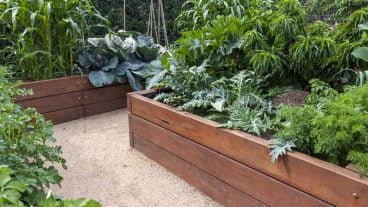

Learn how to plant and pot your own herbs Wednesday, May 14, 2025 at 6:30 p.m. at Garver’s Family Farm Market.
Read More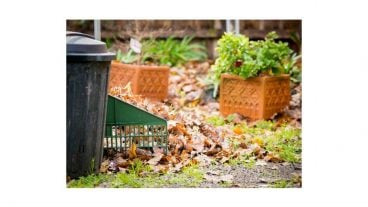
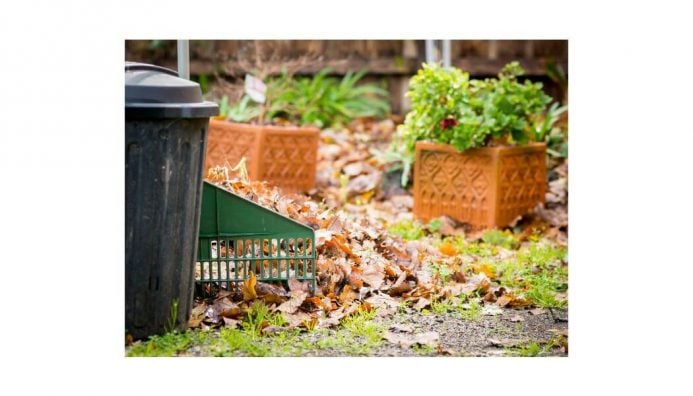
Sometimes the best course of action is nothing at all. Leave the leaves, forget the garden, and compost the decorations.
Read More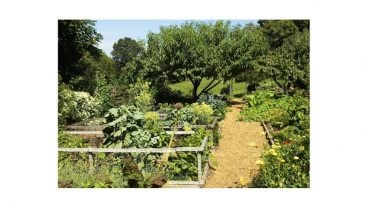
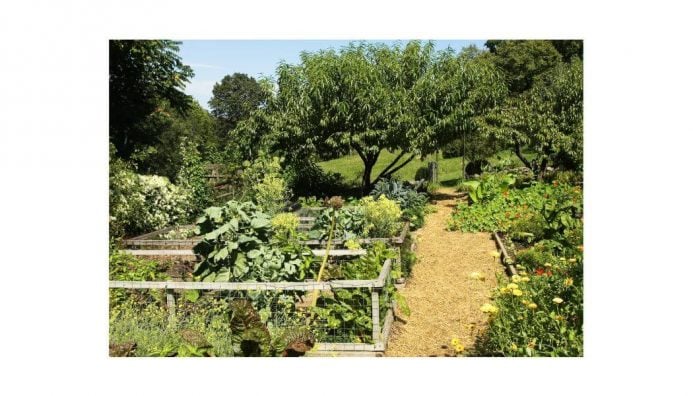
If you have any questions about your gardens, OSU Extension and the Trumbull County Master Gardener Volunteers are here to assist.
Read More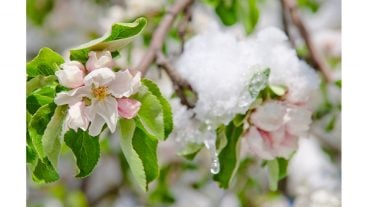
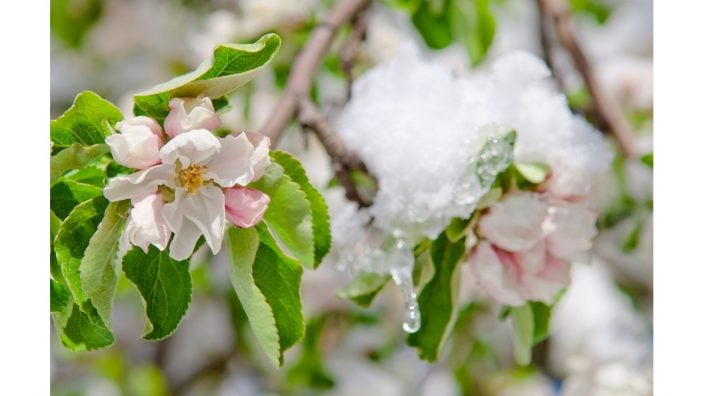
Weather patterns like we are experiencing this year increase the risk of loss for fruit and ornamental crops.
Read More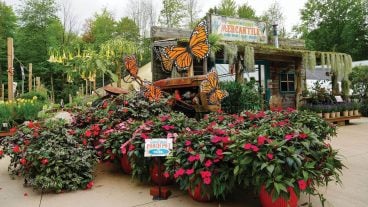
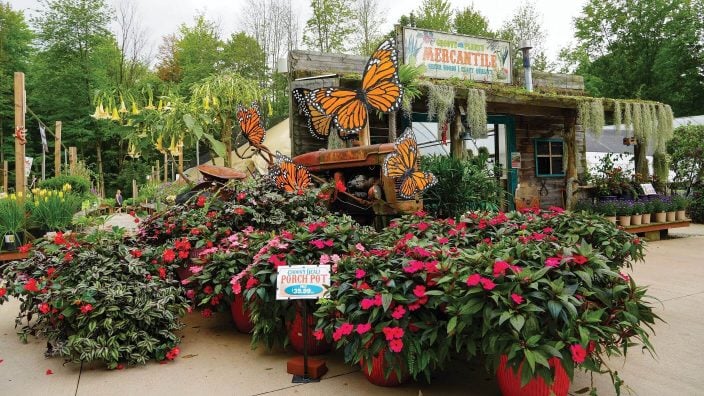
Groovy Plants Ranch is a retail store and tourist mecca with a huge emphasis on unique and unusual plants.
Read More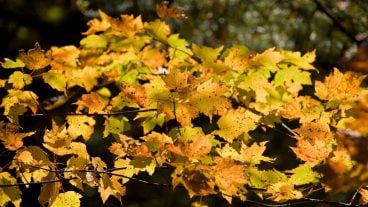

Whatever method you choose, understand there is no right way or wrong way to handle leaves each fall.
Read More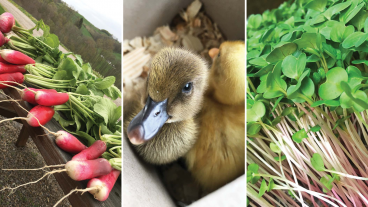
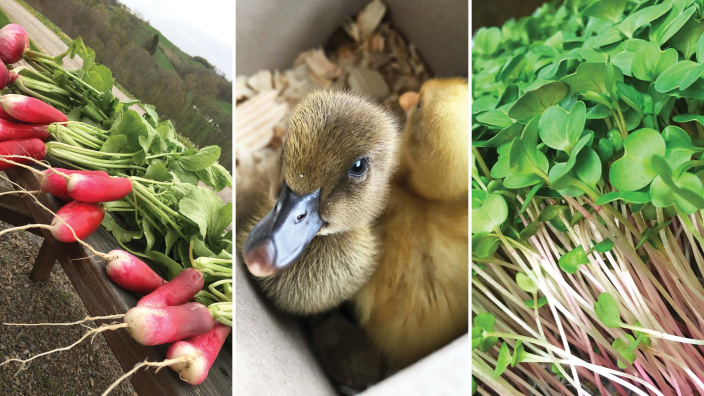
Hard work, dedication and concern for others aren’t quaint concepts at Olde Tyme Farms. These principles helped the 20-acre chicken,…
Read More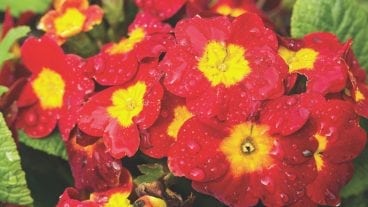
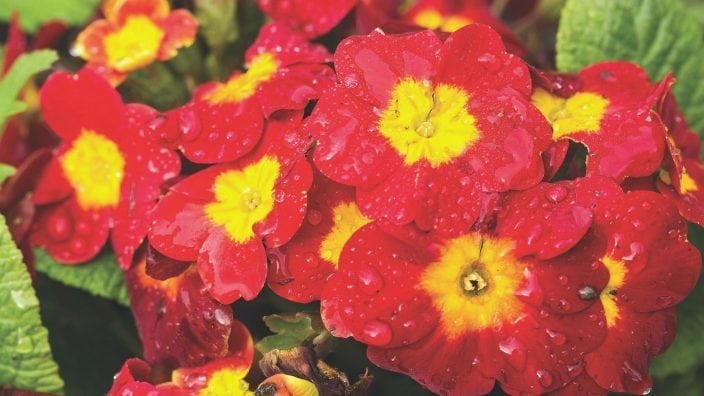
Gold pocket watches, delicate china and heavenly scented flowers are among the heirlooms passed along from one generation to the…
Read More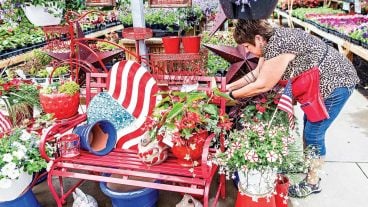
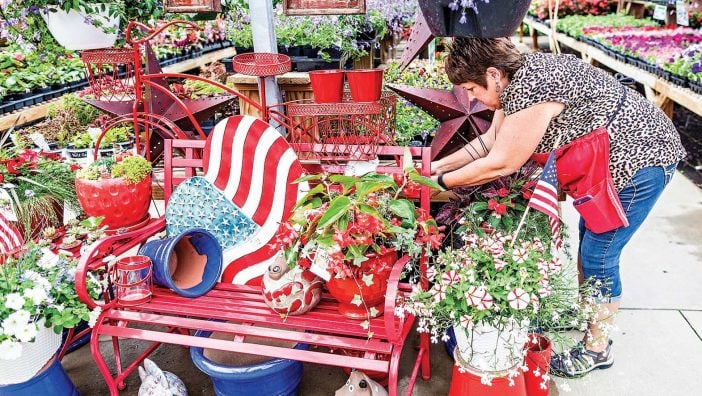
A buzz of activity surrounds the lead-up to Memorial Day for nurseries and greenhouses, like bees hovering around the bright…
Read More

In real estate — and home gardening — one thing to remember is location, location, location. The ideal garden spot…
Read More